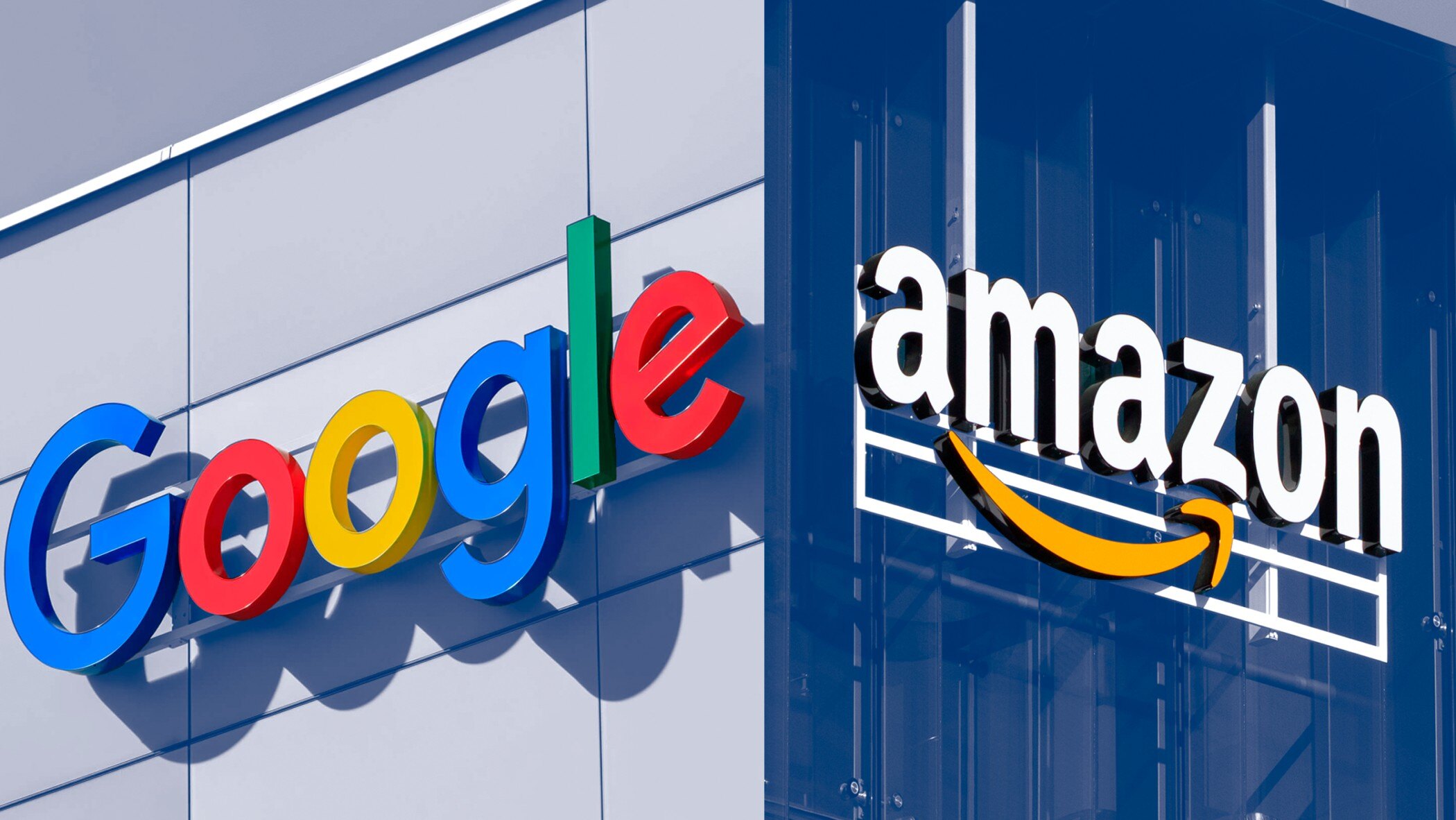Veo 3 and the Future of Content in Ecommerce
Content remains one of the biggest levers in marketing and ecommerce. But producing, scaling, and personalizing it across platforms can be time-consuming and expensive. This week, Google unveiled Veo 3, its most advanced AI video generation model yet. What does it mean for brand builders, creative teams, and growth marketers?
The answer isn’t binary. Like any powerful tool, Veo 3 can become a competitive edge—or a missed opportunity—depending on how it’s used.
What is Google Veo 3—and Why Should You Care?
Veo 3 generates realistic videos from simple text or image prompts. We’re talking one-minute clips with motion, synced audio, dialogue, camera direction, and cinematic polish—no filming required.
This unlocks a new frontier for content in ecommerce:
- Generate ad creative in minutes
- Explore campaign concepts before committing to full production
- Deliver immersive, storytelling-rich assets at scale
- Produce visuals affordably, especially for lean teams and fast-moving brands
What Are the Advantages for Marketing and Content Teams?
- Speed and Scalability
Instead of spending weeks on a few assets, marketers can now test dozens of video variations in days. AI-powered video tools have reduced production time by up to 50%, accelerating go-to-market timelines. - Lower Production Costs
Brands can validate creative ideas early without investing in shoots. On average, AI-generated video reduces content production costs by up to 60%, making high-quality output more accessible to DTC and challenger brands. - Limitless Creative Potential
Want a talking avocado in a floating kitchen? Done. AI expands your creative canvas—no physical limits. Nearly 70% of marketers say AI tools have enhanced their creative output. - Multi-Format Flexibility
Generate once, remix everywhere. AI videos increase engagement by 35% across formats like reels, PDPs, and ads—proving their power to move customers wherever they scroll.
But What Are the Risks?
There’s no tool without trade-offs. Here are some real challenges:
- AI Visual Fatigue: Overuse or poor prompting can lead to samey, soulless visuals.
- Loss of Brand Identity: AI outputs need human direction to stay on-brand and emotionally resonant.
- Ethical Use & Deepfake Concerns: Sophisticated generation means sophisticated risk. Guardrails and governance are a must.
My Take: AI Should Amplify, Not Replace
As a strategist helping brands scale content and conversions, I see Veo 3 not as a replacement—but as a force multiplier.
It saves time. It stretches budgets. It helps us move faster. But strategy, taste, and connection? That’s still human.
The goal isn’t “automate everything.” It’s to combine tech with intentionality:
- Let AI handle the heavy lifting—so people can focus on high-value ideas
- Scale without losing quality
- Test more, waste less
How to Use Veo 3 (and Any AI Tool) With Intention
- Start with clear brand strategy: Know your voice, audience, and purpose before you generate anything.
- Protect your visual identity: Make sure AI supports your brand, not dilutes it.
- Let data guide refinement: Test formats, measure impact, iterate fast.
- Invest in team capability: AI is powerful—but only in the hands of people who know what they’re building toward.
💡 For a broader view on how AI is reshaping ecommerce performance, check out How AI-Powered Personalization Is Boosting D2C Conversions—a deep dive into the personalization trends driving growth in direct-to-consumer brands.
Final Thought
AI like Veo 3 won’t replace creativity. It will amplify the brands that use it with clarity and intention.
Used well, these tools can reduce costs, speed up content delivery, and unlock new formats for connection.
The brands that win won’t just “use AI”—they’ll design better, faster systems around it.
.png?width=238&height=70&name=Logo%20HatchEcom%20azul%20(1).png)
.png?width=200&height=59&name=Logo%20HatchEcom%20azul%20(1).png)




